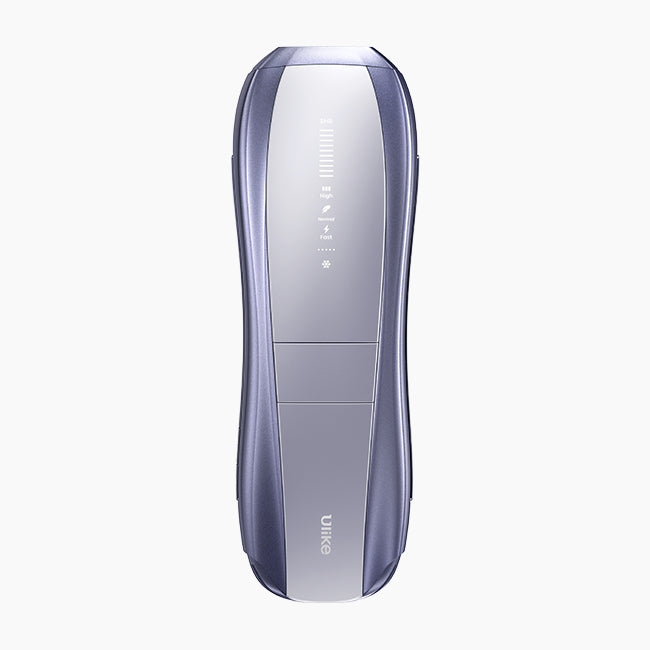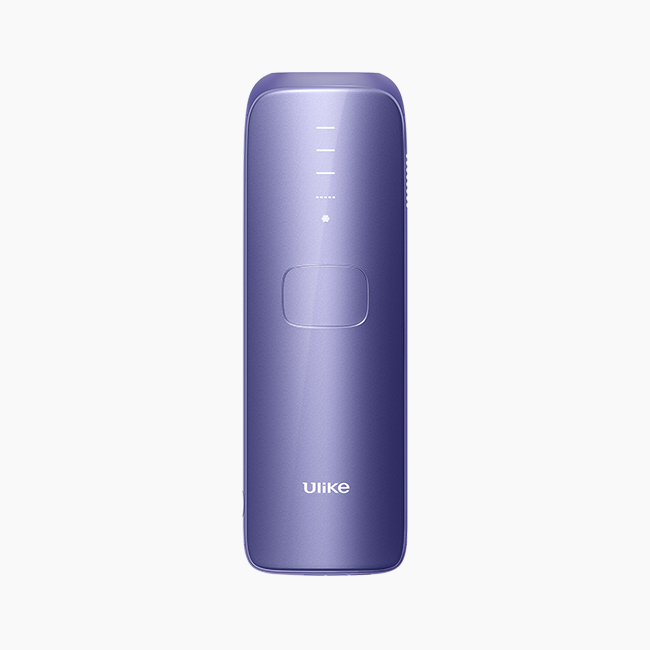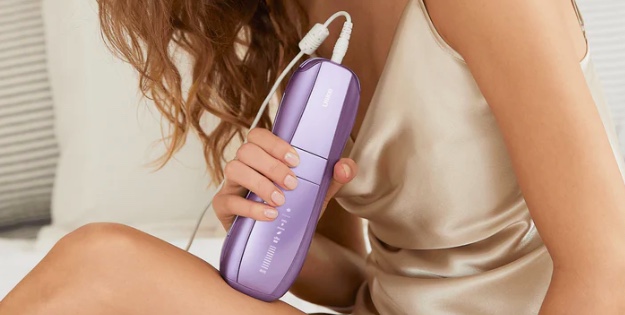IPL Photofacial is a skin rejuvenating procedure that smoothens the surface of your skin and treats other vascular conditions like red veins, rosacea, and spider veins. Since the procedure uses heat, you need to be aware of its risks and side effects.
Moreover, the procedure is melanin-dependent which means it may or may not work for all skin types. So, do you want to know whether IPL photo facial is suitable for you or not? Let’s know its suitability, benefits, risks, and important considerations before booking your appointment.
Part 1: What is IPL Photofacial?
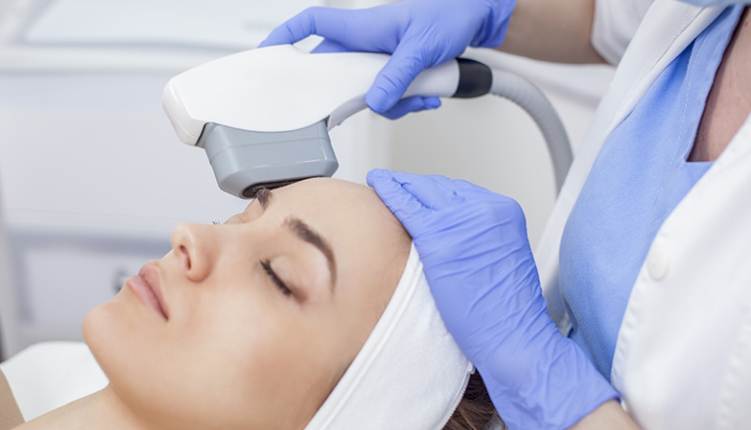 IPL Photofacial, more commonly known as IPL therapy, is a non-invasive cosmetic technique. It treats skin conditions like hyperpigmentation, fine lines, damaged capillaries, sun spots, and even freckles.
IPL Photofacial, more commonly known as IPL therapy, is a non-invasive cosmetic technique. It treats skin conditions like hyperpigmentation, fine lines, damaged capillaries, sun spots, and even freckles.
It is like getting your skin a facial but using light instead of cream, scrubs, or masks. The light used in IPL photo facial devices is polychromatic, non-coherent light that enters your skin and targets pigments in your skin. Melanin, in the basal layer of the epidermis, and the hemoglobin, present in the blood, absorbs this light.
The light converts into heat energy and destroys the melanin pigmented concentrated in a single area. This also increases the blood flow, production of collagen, and stimulation of the skin’s repair mechanism. As a result, dark spots, fine lines, and wrinkles start fading away.
Part 2: IPL Photofacial Cost
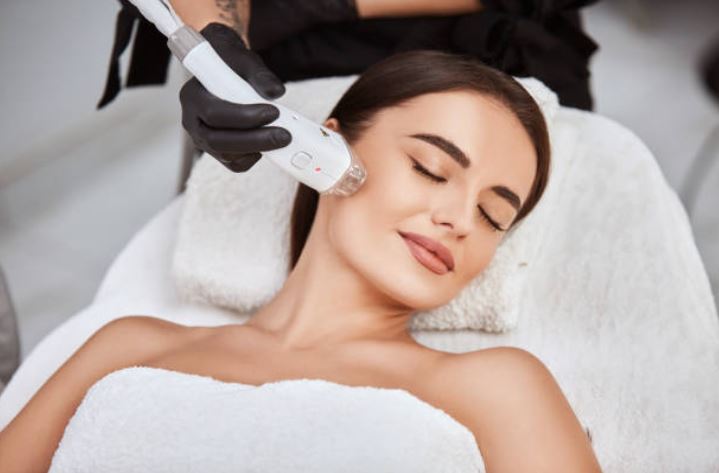 You can enjoy several benefits with IPL photofacial but it is a bit costly. On average, you will be charged $300-600 for a single session. However, if you are choosing a luxurious salon, be ready to pay $600-2000 per session.
You can enjoy several benefits with IPL photofacial but it is a bit costly. On average, you will be charged $300-600 for a single session. However, if you are choosing a luxurious salon, be ready to pay $600-2000 per session.
The cost varies from provider to provider and location to location. For instance, salons located at a popular place in a famous city will surely be more expensive as compared to those located in smaller cities. Moreover, more experienced providers may charge you more as their experience speaks up for the safety of your treatment.
Are you ready to pay this cost? The treatment requires occasional maintenance sessions but your skin can look young and fresh for years. So, bring all these factors to your attention before making a decision.
Part 3: Pros and Cons of IPL Photofacial
Paying hundreds of dollars for a skin-rejuvenating session sounds a bit impractical. Let’s see whether it is worth it or an unreasonable investment.
Advantages of IPL Photofacial
- Preventing sun damage is difficult but you can always reverse the hyperpigmentation with IPL photofacial. IPL therapy dissolves melanin present in the darkened areas and stimulates the production of collagen. This not only reduces hyperpigmentation but also gives your skin a glowy appearance
- It can prevent premature aging. According to research in California, the genetic expression of aging skin cells becomes similar to those of young cells after IPL treatment
- It gets rid of acne-causing bacteria from your skin. Thus, IPL therapy can treat acne and prevent further breakouts
- The treatment session is completed within an hour and the downtime is very little. You can continue the daily life activities after 1-2 days of photo-facial
- IPL treats your deeper layers so it can be easily combined with botox, microdermabrasion, and other therapies for targeting the outermost layers to enhance results
Downsides of IPL Photofacial
Are there any IPL photo facial side effects?
- You require 3-6 sessions for effective results so the treatment can cost a whopping sum of $2000-4000
- The IPL treatment might not be as effective for darker skin tones as compared to lighter skin complexions
- You can expect temporary redness, blemishes, inflammation, and blisters after an IPL session
Part 4: IPL Photofacial Before and After
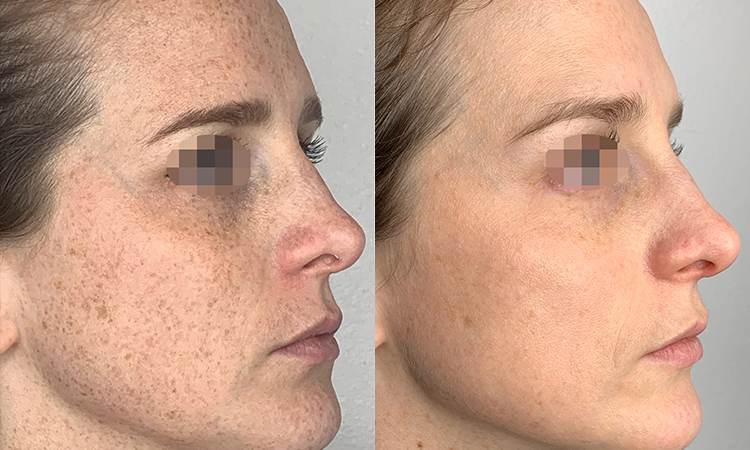 A customer who has undergone an IPL photo facial shared her reviews with the Skicare diary. Her salon started her treatment by cleansing her skin and then using the IPL device on her face. It was like a snapping rubber band sensation but was not stinging or painful for her. After 15 minutes, the session was completed, and the customer was allowed to go home. There was little redness and swelling that subsided after 48 hours. Then, she got her Hydra facial done and now enjoying life with her younger beautiful skin.
A customer who has undergone an IPL photo facial shared her reviews with the Skicare diary. Her salon started her treatment by cleansing her skin and then using the IPL device on her face. It was like a snapping rubber band sensation but was not stinging or painful for her. After 15 minutes, the session was completed, and the customer was allowed to go home. There was little redness and swelling that subsided after 48 hours. Then, she got her Hydra facial done and now enjoying life with her younger beautiful skin.
The following images show the client a week before IPL and three days after IPL.
Part 5: What to Expect after IPL Photofacial
Recovery Period
You cannot immediately go out after IPL therapy but don’t you worry. This is because the recovery time after your treatment is very short. You can face slight redness and swelling but it subsides within 24-48 hours. After this period, everything goes back to normal and you can continue with your routine activities.
For some people, the period can be up to 1-2 weeks depending upon their skin sensitivity and the reaction of skin towards heat.
Common Reactions and Changes
What can you expect throughout the recovery period? Redness, inflammation, blistering, bruising, and dark spots are all common reactions of skin towards IPL treatment. However, these reactions are all temporary. Redness and swelling go away within 48 hours. In contrast, bruising heals in 2 weeks while dark spots may take up to 5 days.
Maintenance
After you are done with your sessions, the results can last for 6-12 months. You can maintain these results by taking good care of your skin and going for follow-up sessions once or twice a year. The aftercare tips include:
- Avoiding hot showers and strenuous activities for at least 2 days after treatment
- Applying sunscreen every time you go out in the sun
- Regular cleansing and exfoliation 7 days after your session
- Keep your skin hydrated
Pat 6: At-home IPL Photofacial
Usually, IPL photo facial devices are used at skin aesthetic clinics and salons. Those are bigger and heavier with time, those heavy IPL photofacial devices have been modified into smaller handheld versions for use at home. Let’s see what features can you find in these IPL devices:
- They are incorporated with thousands of flashes. These flashes rapidly enter your skin every second to target melanin
- Most IPL devices can be used not only for skin rejuvenation but also for hair removal and acne treatment
- You can find skin tone sensors in them. These sensors help the devices detect your skin tone and work accordingly to minimize skin damage
Nothing can be better than being able to give yourself a refreshing skin treatment at home but you cannot just buy any device you see online. You must consider the suitability of that device for your skin tone, and read reviews to know its reliability. Also, prefer buying an FDA-cleared device.
Are the Results of At-home Photofacial Devices Same as Professional Treatments?
The At-home photofacial and professional devices serve the same purpose but the results can be a bit different. Professional photofacial devices are stronger in intensity than those of at-home devices. Therefore, they show results quicker than those of at-home devices. You will require fewer sessions with a professional and the treatment plan can be customized based on your skin type and condition.
They offer more treatment options than at-home devices. But, if we look at the convenience, nothing can beat an at-home IPL device. You can comfortably treat any area of your body. Moreover, they are also less expensive.
Part 7: Does IPL Photofacial Hurt?
It may or may not. For most people, the IPL treatment feels like a rubber band snapping against their face while others describe it as a slight stinging sensation. The pain level depends upon an individual’s pain threshold so if you have a high pain threshold, no need to worry about the pain. However, if you are very sensitive, you can also manage the pain by following ways.
-
- Use Numbing Cream A numbing cream or a topical anesthetic can fit best for those with a low pain threshold. These anesthetic agents usually have lidocaine as their active ingredients. This numbs your nerves and prevents them from sending pain signals to the brain.
- Cold Air: Some clinics might offer you cold air that can provide you with a soothing sensation throughout the treatment
- Apply Ice Packs: Ice packs work similarly to those of numbing creams. Applying them a few minutes before the session can numb the area and give you relief throughout your session
Part 8: IPL Photofacial vs. Microneedling vs. Chemical Peels
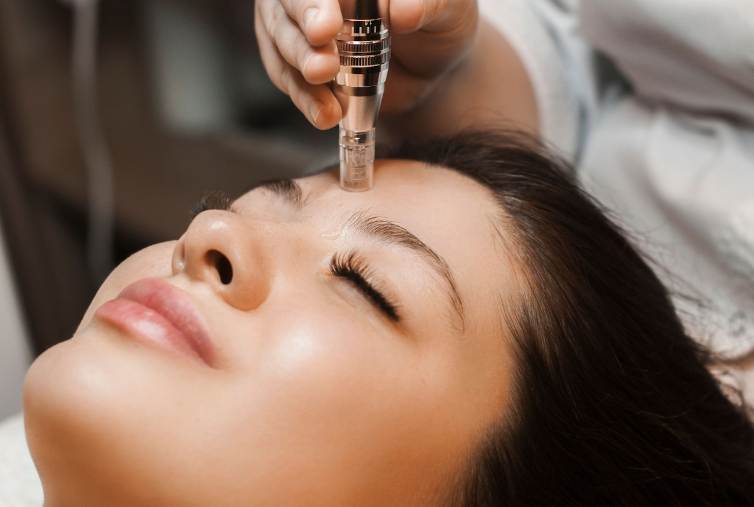 Mechanism of Actions
Mechanism of Actions
Chemical peels involve the use of chemical solutions to exfoliate your skin and reveal your healthy fresh skin underneath. Unlike chemical peels, micro-needling is a minimally invasive procedure that includes the use of small needles to create micro-injuries in the skin. This stimulates the healing process of skin thus improving collagen production and improving your skin’s appearance.
Lastly, IPL photofacial takes help from light energy to destroy the melanin pigment in your skin and increase blood flow.
Target
Chemical peels can work both on your upper layers and deeper layers depending upon the type of peels you are using. In contrast, micro-needling and IPL photo facial work mostly on deeper layers.
The chemical peels and micro-needling work irrespective of your skin color while IPL photofacial is dependent upon melanin and is more effective for lighter skin tones. Microneedling works best to treat your deeper wrinkles and acne scars, and chemical peels mainly address superficial concerns like hyperpigmentation and rough texture. Lastly, IPL photo facial is more suitable for treating age spots, vascular issues, and sun damage.
Results
The results for chemical peels can last anywhere between one month to your whole life depending upon the type of peel used. The results from a superficial peel may last up to two months while micro-needling and IPL photofacial produce results that remain for up to a year. You require touch-ups once every six months after both the deeper skin rejuvenation treatments.
Conclusion
IPL photofacial is taking over the hearts of millions of people for the benefits it provides. Whether you want your skin to look young, freckle-free, or smooth, an IPL photo facial can be the solution to all these. A total of 3-6 sessions can help you enjoy its benefits for years with occasional follow-ups.
The method can treat deeper skin issues like acne scars, birthmarks, broken blood vessels, blemishes, and melasma. However, beware of the redness, inflammation, and pain it comes with. To make sure that you do not suffer from these side effects, it is best to consult a professional and follow his lead to enjoy the best treatment possible.
